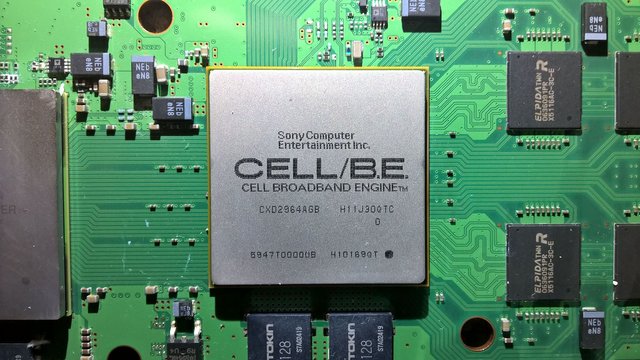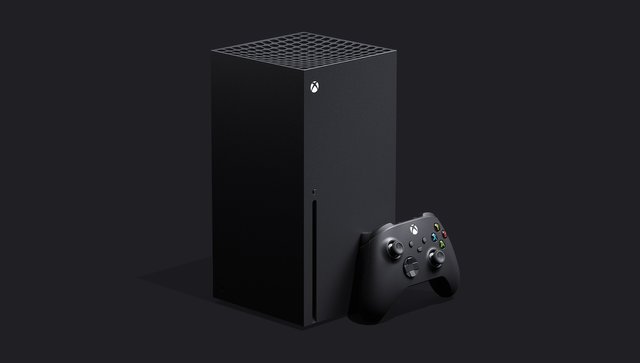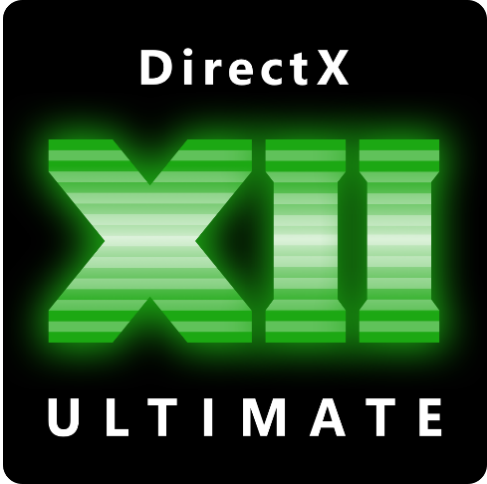PCs and consoles are closer than ever
For the longest time, PC gaming and console gaming were two separate entities, with significant differences in hardware composition, game development processes and input models. The first signs that the two worlds would start merging appeared in the early-2000s, when Microsoft announced the Xbox.
Microsoft, of course, was the PC gaming company. Windows 95 and Windows 98 were wild successes. Microsoft had designed the DirectX API starting with Windows 95, specifically targeting game developers. Indeed, the name Xbox comes from "DirectX Box".

The original Xbox marked a sea change in how consoles are made. It featured a custom Intel Pentium III CPU and a custom NVIDIA GeForce 3 based GPU - these are based directly on PC components. It shipped with standard off-the-shelf 64 MB DDR RAM and a regular hard drive. The OS was also based on Microsoft's Windows kernel. For the first time, a game console was pretty much a PC, just custom-built for one purpose.
With the next generation, both Xbox 360 and PlayStation 3 opted for PC GPUs. Xbox 360 went ATI, while Sony opted for NVIDIA. The Xbox 360 was actually ahead of its PC counterparts, and indeed the first GPU to ship with unified shaders, in an era where pixel and vertex shaders were still split. This is one of the reasons the Xbox 360 outperformed PlayStation 3 throughout the gen. Both consoles featured distinctly non-PC-like memory and CPU though, particularly PlayStation 3 integrating a bizarre 7 core Cell CPU.

It was clear that this model was no longer sustainable, and game developers started lobbying both Sony and Microsoft to go with more PC-like components. Their requests were answered with the next generation. Both PlayStation 4 and Xbox One came full circle, now offering custom PC components. Both featured custom AMD Jaguar x86 CPUs with custom AMD Radeon GCN GPUs. The PlayStation 4 was pretty straightforward - 8 GB of GDDR5 RAM, though the Xbox One was stuck in the past with a split EDRAM and DDR4 configuration. By now, it was clear that PCs' and consoles' futures were intertwined.
The PlayStation 4 Pro and Xbox One X were both huge upsets from the regular console lifecycle. No one saw mid-generation consoles coming, but this is just another step for consoles being more PC-like. Essentially, PS4 Pro and Xbox One X were both upgraded versions of the OG consoles. They ran the same OS, the same games, just with better resolution, graphics and/or framerates. Meanwhile, Microsoft kept working on backwards compatibility program, keyboard/mouse support, modding support, variable refresh rate - all features designed to bring the console closer to the PC.

Now, with Xbox Series X, the console is more PC-like than ever before. I mean, just look at it! It looks much more like a SFF PC than a console - closely resembling a Corsair One. Once again, we have custom variants of PC AMD components, with some custom tuning. The storage has been upgraded to SSDs - something PCs have had for a decade now. The OS is a variant of Windows, as always, but now, Xbox Series X can run DirectX 12 Ultimate games natively, including ray-tracing, VRS and every futuristic feature. Let that sink in for a moment - it's trivial for a PC developer to run their DX12U game on the Xbox Series X with minimal effort. The Xbox can also run Windows 10 apps. Finally, Microsoft has committed to bringing many of its Xbox services to PC. PC Game Pass is a great deal already, and it's still in beta!

The PlayStation 5, of course, cannot run DirectX 12 Ultimate, but its architecture is very much PC-like as well. Indeed, Sony has said that we can add off-the-shelf NVMe SSDs to expand the PS5's storage. Software-wise, they are going to keep PS5 console-like, a different strategy to Microsoft's continuous aspiration for merging the two.
I anticipate that consoles will continue to become even more like PCs. Ultimately, this is a win-win for everyone, bringing significant economies of scale. AMD can reuse their graphics and CPU IP for both consoles and PCs, game developers can target very similar looking hardware with very similar APIs, and the consumer gets cheaper and better products, due to a thicker R&D spread.
But it's not just about PCs and consoles anymore - game streaming services will proliferate in a big way over the coming generation. Needless to mention, all currently announced game streaming services use PC components as well, which further extends the win-win scenario. The beauty of cloud streaming is that the hardware will continuously be upgraded, offering a better user experience for the end user. Once again, very much PC-like. I'd also expect further variants of consoles, and mid-gen refreshes.
As a long time PC gamer, will I switch to consoles? Probably not. I mean, I have always played on consoles, but mostly for the exclusives and services. If I have a choice, I'd always go PC, due to the flexibility and generally better graphics. But for the average gamer, the next-generation consoles are shaping up so well that they'll be hard pressed to find a reason to go PC. What about you? What is your preferred platform, and would you consider switching?`